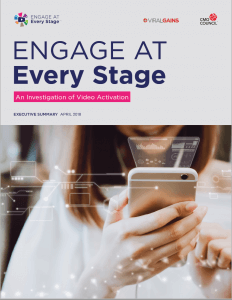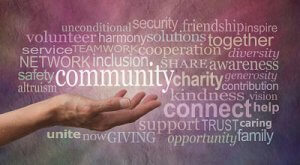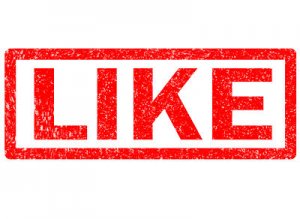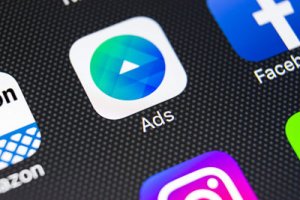Do your actions match your words?
May 2, 2018
![]() Most organizations talk a good game but just like with people, our non-verbal cues or actions often tell the real story. We are out there, creating content, advertising, encouraging word of mouth referrals, running specials or inviting prospects to let us give them a free assessment – but do we really want their business?
Most organizations talk a good game but just like with people, our non-verbal cues or actions often tell the real story. We are out there, creating content, advertising, encouraging word of mouth referrals, running specials or inviting prospects to let us give them a free assessment – but do we really want their business?
What does our “body” say? Do you signal that you’re really ready to welcome new clients or does your behavior suggest something different? Let me give you a concrete example.
Our clients take me all over the country which means I am on a lot of planes. I fly in and out of the DSM airport over 100 times a year. They are always advertising that it’s better to fly out of DSM than drive to another airport. They have signage up, telling us how glad they are to serve us. They chase after the airlines to either start flying (Southwest) or add routes (all the others).
So if we just pay attention to their words – they want to provide excellent service to even more Central Iowa travelers and they want to cater to the frequent business traveler.
But their body language says something else.
- It’s almost impossible to try to use their long-term parking garage without it being full or half of it being shut down for repairs. The last two times I flew, one of the towers/elevators was down which meant people had to lug their luggage to the tower at the other end of the parking ramp.
- The shops and restaurants are understaffed and slow. If anything, they keep reducing menus options and shopping choices, not adding to them.
- The TSA pre-check line is rarely staffed which means there’s no advantage to having pre-check. Yes, you stand in a different line, but it is serviced by the same agent that the other line is – you just take turns. Don’t get me wrong, taking turns is fine but don’t promise expedited service if you can’t deliver on it.
I’m sure there’s a rational explanation for every one of their choices – but marketing and customer service isn’t rational. When we feel someone’s indifference – even if it’s justified in their mind, the marketing words seem almost insulting, don’t they? It’s like they’re playing us for fools.
Actions speak much louder than any marketing message ever could. How you treat a customer trumps how you talk to a customer.
Does your organization’s body language match your marketing words?
How responsive are you? Do you have a response mechanism (comment box, contact us, social media links) on your website? Do you monitor it? How quickly do you respond? Who handles those responses and how equipped are they to answer the questions being posed?
When someone tweets you or leaves a review – do you even see it? Do you respond, even if the review is not favorable?
If you haven’t tested your team’s responsiveness lately – it’s probably overdue.
Do you make it easy? Remember that today our most precious and scarce resource is our time. People aren’t multitasking; they’re hyper-juggling. And when you inconvenience a customer, limit their access to those conveniences, or miss a deadline — it’s actually worse. It’s like mean teasing. People don’t miss what you never offer or don’t have, but they notice very quickly when you promise easy or on-time and then make it difficult or late.
Do an audit. Ask your team – how do we bend over backward to make working with us easy and convenient? How could we be even better and before you promise it – make sure you can sustain it.
There’s no better marketing spend than over-servicing your current customers. Start with your actions and you won’t have to say a word.
More

 In a wake-up call to digital media platforms like Facebook and Google, marketing leaders globally say they will no longer tolerate deficient advertising measurement. Most see a need for more effective data transparency and detailed, timely and reliable reporting systems.
In a wake-up call to digital media platforms like Facebook and Google, marketing leaders globally say they will no longer tolerate deficient advertising measurement. Most see a need for more effective data transparency and detailed, timely and reliable reporting systems.






